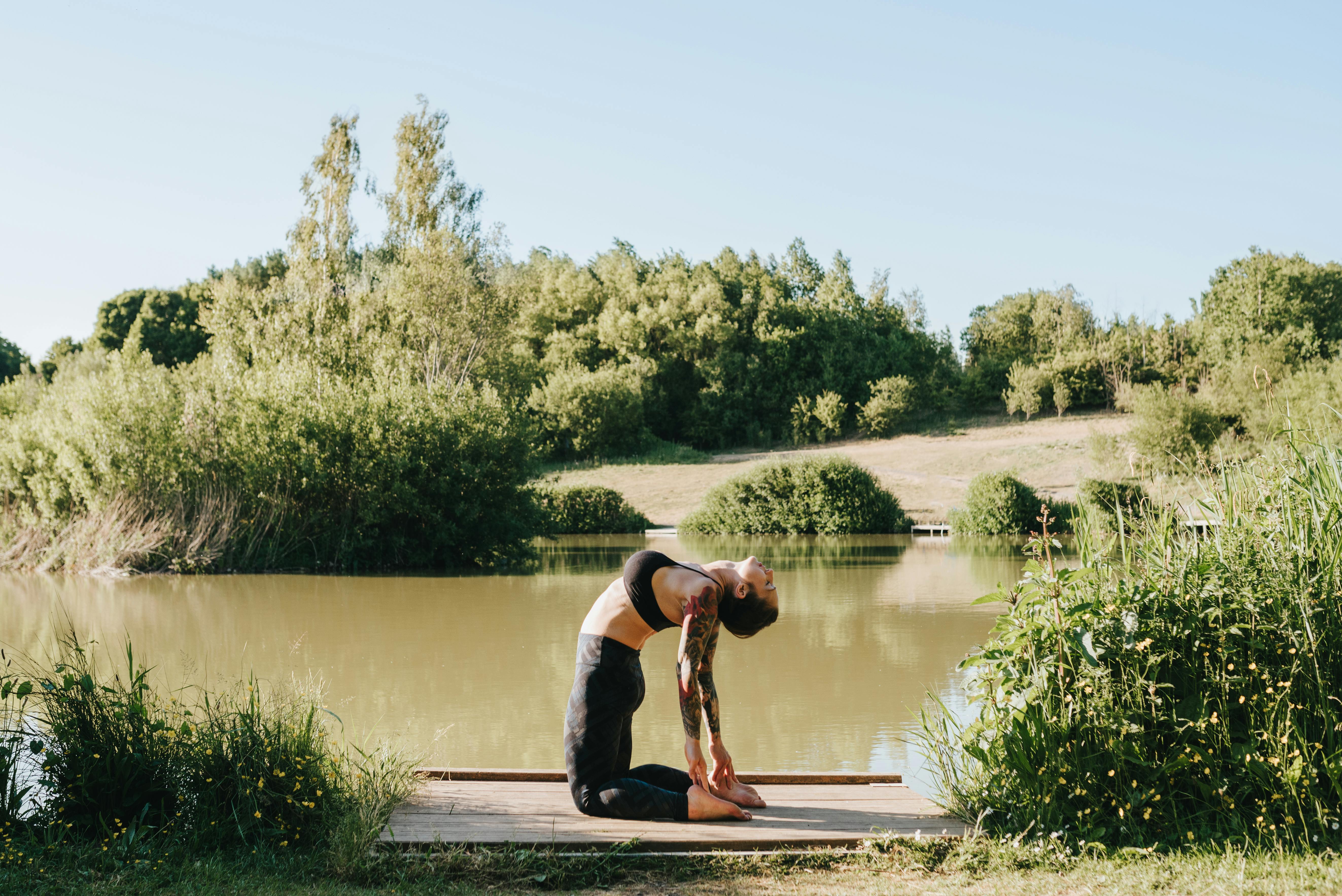I’ve come to believe that behind every young, fit, successful equestrian athlete is a slightly bloated, middle-aged, underemployed suburban housewife with a short brown haircut and 125,000 miles on her odometer. Yes, there are Horse Show Moms who look fresh, happy, and fit, but that’s not what she was seeing in the mirror.
After years of taking our youngest daughter to the barn every day (and still trying to keep the rest of the family fed and supplied with clean socks and underwear), I was exhausted and it seemed. Something had to change.
For me, the change came when my husband sat me down at the kitchen table and said, “I want my wife back.” He wasn’t sure if he was referring to the fact that he was never home or that he was no longer the slim, fun, energetic girl he had married.
Anyway. . . Oh!
Then he said, “If we are going to continue to encourage our daughter’s addiction to horseback riding, we must include the needs of you, mine and the rest of the family. And we will do it with pre-tax dollars, which means we we’ll do like a real deal
“Since that day, I’ve learned that our conversation isn’t unique. It happens on kitchen tables and in the parking lots of horse stables across the country. It usually starts with something like, ‘That horse cost how much?’ ? Who do you think I am, Michael Bloomberg?
“The strategy we chose to comply with the saying ‘before the tax dollar’ was to purchase a small horse boarding facility near our home. Our trainer, Mariano Bedoya, helped guide us through the process and assisted us in recruiting to our farm manager, Jorge Viton, from Wellington, Florida.
Owning a barn is a lot of work, but it has also become a place that the whole family can enjoy. Our youngest daughter is enjoying her rides more than ever, the older girls are promoting our facility by taking lots of pictures and posting them on Facebook, the boys are willing to do chores as long as it involves a tractor, ATV or power tool and my the husband even has an “office” filled with a new drill for making jumps and a variety of fishing rods.
But the best part of our barn, for me, is the new Pilates Reformer Studio. When we purchased our barn, I insisted that we include space for a small Pilates Reformer Studio. Pilates initially seduced me while recovering from knee surgery years earlier. It looked elegant, confident and easy. Easy? Say oh! As the trainer guided my every move, I learned the beautiful and challenging nuances of proper and effective Pilates work. There were plenty of days where I told her, “There’s absolutely no way I’m going to be able to do that move right,” but ended up blushing like a little girl in my first pony lesson when “I did it!” and I think it’s the perfect on-site program for my daughter and the other serious equestrian athletes in our stable. With proper instruction and supervision, it is possible to experience strengthening, lengthening, and balance without pain.
Pilates teaches you to calm down and listen to your body and respect the movement of the equipment. Can you imagine a more perfect training for riders? Our Pilates trainer has no specific experience training equestrian athletes, so we employ dressage trainer and rider Betsy Steiner to run regular, year-round clinics at our stable. Betsy helped coin the term “Equilates” and is the author of the book A Gymnastic Riding System – Using Mind, Body, & Spirit.
I will always love sitting in the observation room, watching our daughter train. She gives me real joy. But with a pilates studio on site, I also look forward to a more balanced and fit life for this horse show mom.
Six Principles of Pilates
Pilates is a series of thought-filled, controlled movements that are usually performed on specially designed spring-resistant exercise equipment. It focuses on improving flexibility, core strength, and body awareness. In the book The Pilates Method of Physical and Mental Conditioning, six “Principles of Pilates” are described. The following list applies those principles to the unique challenges of the equestrian athlete.
1. Focus!
Pilates trains the body and the mind. Like horseback riding, one must habitually be “always present” in mind and body, to be successful and safe.
2. Control!
The original name of the Pilates exercise method was “Contrology”. The exercises are all about staying cool. In Pilates, and horse riding, a perfectly executed exercise is better than 100 poorly executed ones.
3. Focused!
All physical movements spring from our core. When the core is engaged, posture is better, the rider’s seat deepens, and the chance of injury is reduced.
4. Flow!
Pilates and horseback riding are all about fluidity, grace and ease. Pilates equipment and a horse are very good mirrors of fluidity and concentration. If the flow is lost, the Pilates equipment starts pounding. The rider must match his movements with his horse to avoid collapsing, twisting or bouncing off the saddle.
5. Precision!
Proper Pilates training requires an intense attention to detail that quickly becomes second nature. Adult Pilates students find that their new mindfulness changes their daily posture and some have a measurable increase in height. A better posture results in a more elegant ride.
6. Breathe!
Deep, controlled, cleansing breaths are part of maximizing Pilates movements. Deeper stretches, longer muscles and oxygenated blood mean fewer cramps and tight muscles when getting in and out of the saddle.
